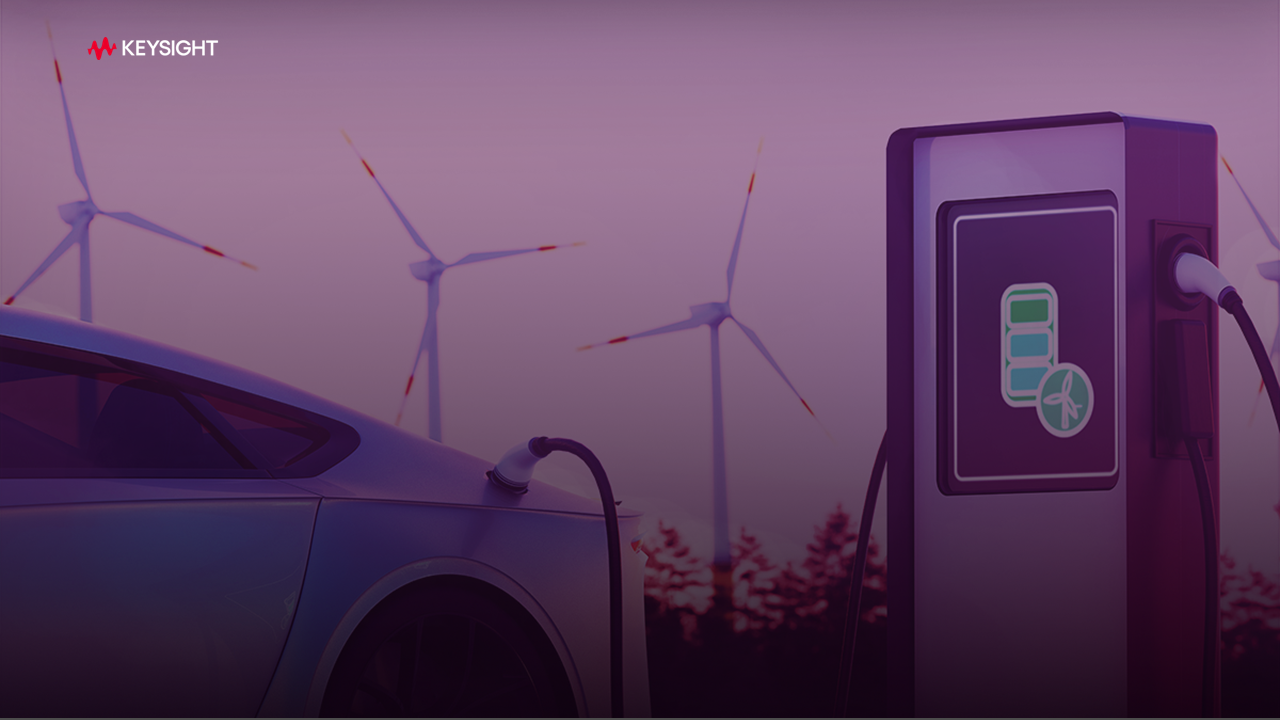
Installation of charging infrastructure at home can become simplified, if you are aware of the basics and other points of significance. In the case of EV charging system, the type of connection to be established, precautions to be taken and the step-by-step guide can make a difference in the efficient installation. In fact, the requisites of the other EV charging stations in Delhi can also be understood if the home based EV charger installation is focused on.
1. Understand Your Charging Needs
Before installing an EV charger, determine your charging requirements. Consider the following:
- Charging Level: Decide between a Level 1 charger (120V) or a Level 2 charger (240V). Level 1 chargers are slower and work with standard outlets, while Level 2 chargers charge much faster but require a dedicated 240V outlet.
- Vehicle Requirements: Check your EV’s specifications to determine the maximum charging rate it supports.
- Daily Usage: Assess how much driving you do daily to decide if faster charging is essential.
2. Evaluate Your Electrical System
Home EV chargers, especially Level 2, demand significant power. Follow these steps to ensure your electrical system is up to the task:
- Check Your Home’s Electrical Capacity: Verify if your main electrical panel has enough capacity to handle the additional load. A Level 2 charger typically requires a 40-amp circuit.
- Consult a Professional Electrician: If you’re unsure about your home’s electrical capacity, consult a licensed electrician to assess your panel and suggest upgrades, if necessary.
- Upgrade Your Panel (if needed): If your panel lacks the capacity for an EV charger, you may need an upgrade. This step can be costly but is essential for safety and efficiency.
3. Choose the Right Charger
Selecting the right EV charger is a critical step. Consider these factors:
- Compatibility: Ensure the charger is compatible with your EV. Most EVs use the SAE J1772 connector, but it’s good to double-check.
- Power Output: Match the charger’s power output with your EV’s capacity for optimal charging.
- Smart Features: Some chargers come with Wi-Fi connectivity, allowing you to schedule charging, monitor energy use, and integrate with smart home systems.
- Weather Resistance: If the charger will be installed outdoors, ensure it is weatherproof.
4. Obtain Necessary Permits
In most jurisdictions, installing a Level 2 EV charger requires a permit. The permitting process typically involves:
- Application Submission: File for an electrical permit with your local building department.
- Compliance Check: Ensure the installation meets local building codes and standards.
- Inspection: After installation, a government or utility inspector may need to verify the setup for safety compliance.
5. Hire a Licensed Electrician
While a Level 1 charger may not need professional installation, Level 2 chargers do. An electrician will:
- Install the Circuit: Add a dedicated 240V circuit to your electrical panel.
- Install the Charger: Secure the charger to the wall and wire it correctly.
- Test the System: Ensure the charger works efficiently and safely.
6. Prepare the Installation Site
Prepare the location where your EV charger will be installed:
- Indoor vs. Outdoor: Decide whether the charger will be installed in a garage or outdoors. Ensure outdoor locations are easily accessible and weatherproof.
- Proximity to Vehicle: Position the charger close to where your EV will be parked, minimizing the distance between the charger and the car.
- Mounting Surface: For wall-mounted chargers, ensure the surface is sturdy enough to support the equipment.
7. Install the EV Charger
The installation process involves:
- Mounting the Charger: Secure the unit to the chosen location using the manufacturer’s instructions.
- Connecting to Power: The electrician will connect the charger to your electrical panel via the dedicated circuit.
- Grounding: Ensure the system is grounded to prevent electrical hazards.
- Testing: After installation, test the charger by plugging in your EV to ensure it functions correctly.
8. Schedule an Inspection
After installation, arrange for an inspection (if required by local laws). An inspector will:
- Verify that the installation meets local codes and safety standards.
- Approve the system for regular use.
Skipping this step can lead to penalties or safety risks.
9. Set Up and Configure the Charger
If your EV charger includes smart features, set it up as follows:
- Download the App: Install the manufacturer’s app on your smartphone or computer.
- Connect to Wi-Fi: Enable internet connectivity for advanced features like scheduling and monitoring.
- Test Features: Verify the functionality of remote controls, notifications, and energy usage tracking.
10. Start Charging Your EV
Once everything is set up, start using your new EV charging stations in Delhi:
- Plug In Your EV: Connect the charging cable to your vehicle’s port.
- Monitor Charging: Track progress through the app or the charger’s display.
- Optimize Charging Times: Take advantage of lower electricity rates during off-peak hours.
11. Maintain Your EV Charger
To ensure your EV charger functions efficiently for years:
- Clean Regularly: Wipe the charger and cables to keep them free of dust and debris.
- Inspect Periodically: Check for wear and tear on the cables and connectors.
- Update Software: Keep the charger’s software up-to-date for optimal performance and security.
Final remarks
Installing an EV charger at home is a straightforward process if planned and executed carefully. If you are looking for professional assistance and consultation regarding the EV charging infrastructure, then, connect with Electriva, today!









